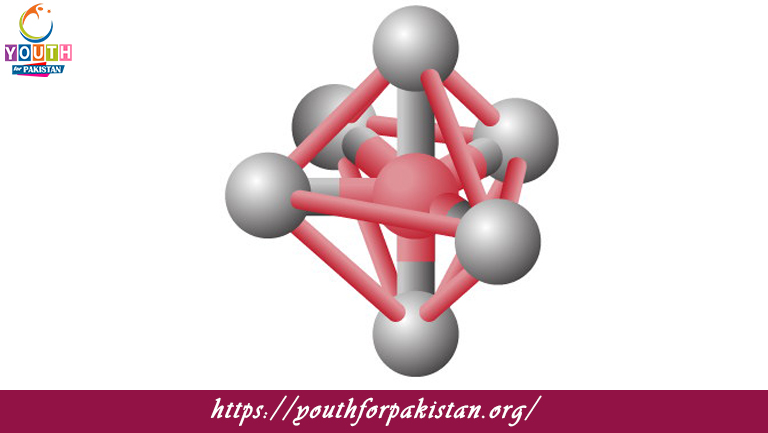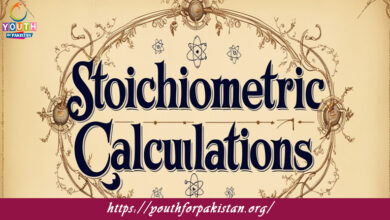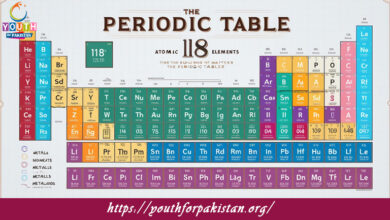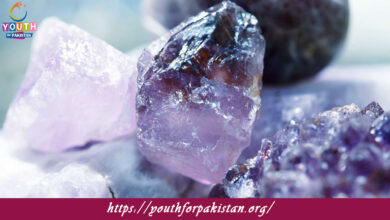Hybridization MDCAT Quiz with Answers

Hybridization MDCAT Quiz; Form new hybrid orbitals that are used in the bonding of atoms. This is an important concept to understand for molecular geometry, bond angles, and the general shape of molecules. A good understanding of hybridization will go a long way in answering questions related to the MDCAT Quiz, especially those topics on molecular structures and the nature of chemical bonds.
H2: Concept of Hybridization
The phenomenon of hybridization occurs when atomic orbitals (s, p, d) are mixed together in such a manner as to create new, equivalent hybrid orbitals with different geometries and energies from the original atomic orbitals. This arrangement of the new orbitals is done in such a way that it maximizes bonding and thus predicts the geometry of the molecules. This is dependent on the number of electron pairs around the central atom. As an example, in methane (CH₄), carbon undergoes sp³ hybridization, where one s orbital and three p orbitals combine to make four equivalent hybrid orbitals that result in sigma bonds with hydrogen atoms. The geometry of methane is tetrahedral, and all bond angles are 109.5°.
H3: Quiz on Hybridization
The MDCAT Quiz on hybridization will test students’ ability to determine the type of hybridization based on the molecular geometry and the number of bonding and lone pairs on the central atom. Questions may be given on molecules such as methane (CH₄), ethene (C₂H₄), and acetylene (C₂H₂), requiring students to predict the hybridization type (sp³, sp², or sp) and describe how these hybrid orbitals contribute to the molecular shape. Practicing these quiz questions will enable students to gain a better understanding of hybridization and molecular geometry and prepare them for related questions in the MDCAT exam.
H2: Types of Hybridization
There are various types of hybridization based on the number and arrangement of electron pairs around the central atom.
sp³ Hybridization: This occurs when one s orbital and three p orbitals mix to form four equivalent hybrid orbitals. Molecules like methane (CH₄) and water (H₂O) exhibit sp³ hybridization, resulting in a tetrahedral or bent geometry, respectively.
sp² Hybridization: This type of hybridization occurs when one s orbital and two p orbitals combine to make three equivalent hybrid orbitals. Molecules such as ethene, C₂H₄, contain sp² hybridization and have a trigonal planar geometry.
sp Hybridization: This occurs when one s orbital and one p orbital mix to form two equivalent hybrid orbitals. Molecules such as acetylene (C₂H₂) have sp hybridization and thus possesses linear geometry.
Each type of hybridization helps to explain the shape and bond angles of molecules; thus, it is a very crucial concept in molecular chemistry.
H3: Free Flashcard for Hybridization
MDCAT students can help to reinforce their understanding of hybridization by making use of the Free Flashcard on this topic. Flashcards provide quick review of various types of hybridizations, namely, sp³, sp², sp, and examples of molecules that exemplify each one of them, along with geometries. If they are reviewed daily, students should be able to enhance their expertise in recognizing patterns for types of hybridizations in diverse molecules and establishing the link between molecular shape and bond angles. In all respects, this is very helpful for last-minute revision, as it thoroughly covers topics of hybridization prior to MDCAT exams.
Experience the real exam environment with our expertly designed collection of over 25,000 MCQs MDCAT Mock Tests.






